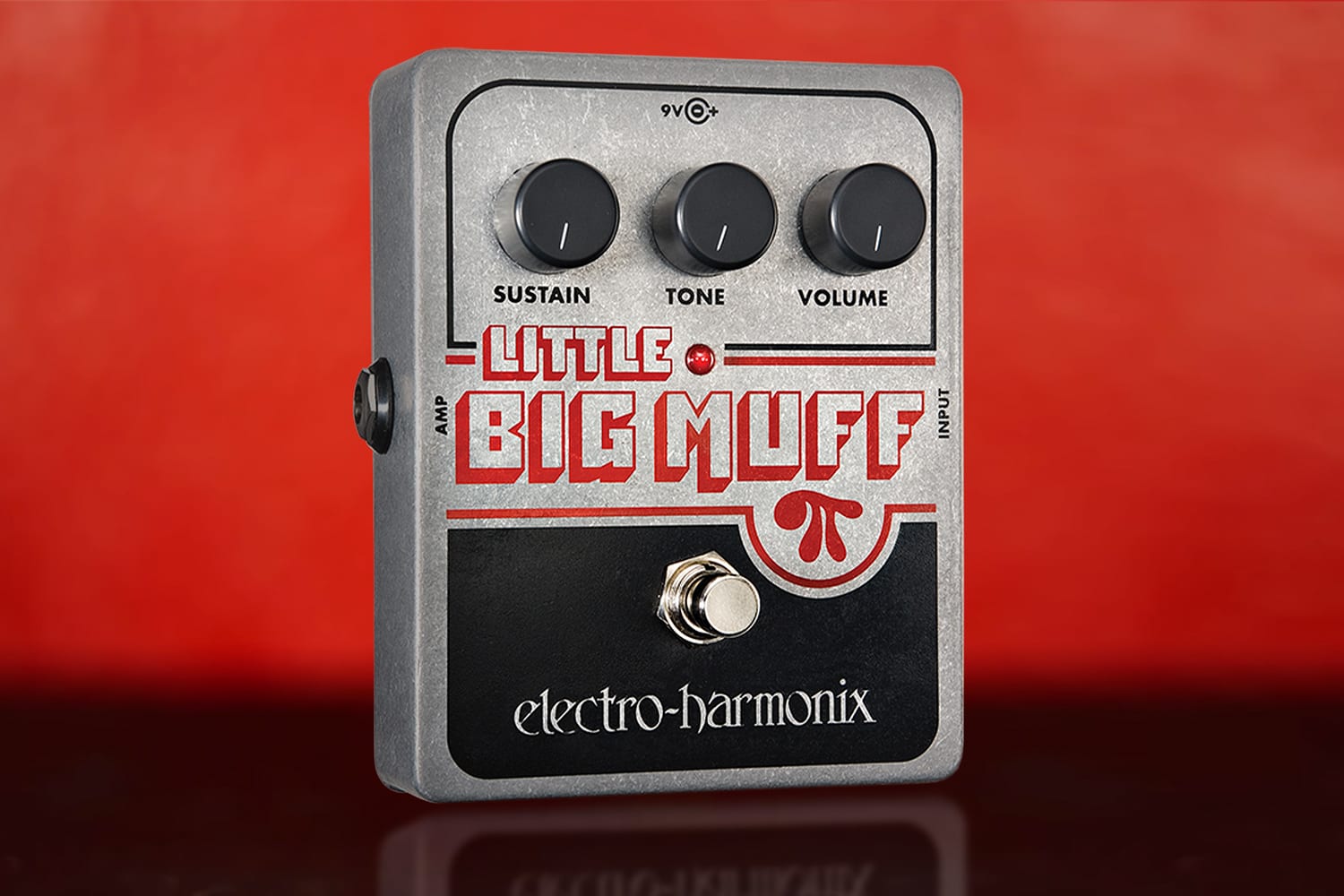Chuck D. Bones
Circuit Wizard
I've run across many strange & interesting pedal schematics. The Sinphoton is certainly one of them. Like a lot of vintage gear, it commands a premium price and is easily cloned.

Here's a factory schematic:

Although the schematic is a bit confusing at first, it's essentially a Big Muff with the first and last stages stripped off and some strange tone controls. It's not particularly loud. The Bass control is more of a Mid control that interacts strongly with the Treble control. Definitely not your typical BMP Tone control. There's no Sustain control, which for many players is no big deal since they dime their BMP's Sustain control anyway. So how does it sound? In a word: Thick. Those 2uF and 10uF caps let all of the bass thru.
I was inspired to see what I could borrow from this circuit to construct a minimalist BMP. The "classic" BMP has 22 resistors, 13 capacitors, 4 diodes, 4 transistors and 3 pots for a total of 43 parts. This does not include the luxury items such as an LED, power filter, protection diode or anti-pop resistor.
My Little Big Muff is stripped down to the bare minimum, but still retains the BMP sound. Total parts count is 21. Gain is a respectable 60dB, a little higher than the Sinphoton but well below the typical 80dB of most BMPs. Still, there is plenty of sustain. I tuned the freq response to my own preferences. If you want more sludge, then increase the 47nF caps. The TONE control has a slight mid scoop that is completely overshadowed by the rest of the circuit's strong mid presence. D5 and D6 are not strictly required, I put them there to double the available volume. The power filter (C10 & R10) is not needed with battery power, but is strongly recommended with external power. Most Si transistors will work; high hFE is preferable. You may need to reduce R2 if you use a lower hFE device for Q1. With mine, Q1's Vc is 2.25V and Q2's Vc is 4.90V. These are not magic values. As long as Vc is far enough from the rails that the diodes do all of the clipping, you're good.


Here's a factory schematic:

Although the schematic is a bit confusing at first, it's essentially a Big Muff with the first and last stages stripped off and some strange tone controls. It's not particularly loud. The Bass control is more of a Mid control that interacts strongly with the Treble control. Definitely not your typical BMP Tone control. There's no Sustain control, which for many players is no big deal since they dime their BMP's Sustain control anyway. So how does it sound? In a word: Thick. Those 2uF and 10uF caps let all of the bass thru.
I was inspired to see what I could borrow from this circuit to construct a minimalist BMP. The "classic" BMP has 22 resistors, 13 capacitors, 4 diodes, 4 transistors and 3 pots for a total of 43 parts. This does not include the luxury items such as an LED, power filter, protection diode or anti-pop resistor.
My Little Big Muff is stripped down to the bare minimum, but still retains the BMP sound. Total parts count is 21. Gain is a respectable 60dB, a little higher than the Sinphoton but well below the typical 80dB of most BMPs. Still, there is plenty of sustain. I tuned the freq response to my own preferences. If you want more sludge, then increase the 47nF caps. The TONE control has a slight mid scoop that is completely overshadowed by the rest of the circuit's strong mid presence. D5 and D6 are not strictly required, I put them there to double the available volume. The power filter (C10 & R10) is not needed with battery power, but is strongly recommended with external power. Most Si transistors will work; high hFE is preferable. You may need to reduce R2 if you use a lower hFE device for Q1. With mine, Q1's Vc is 2.25V and Q2's Vc is 4.90V. These are not magic values. As long as Vc is far enough from the rails that the diodes do all of the clipping, you're good.











